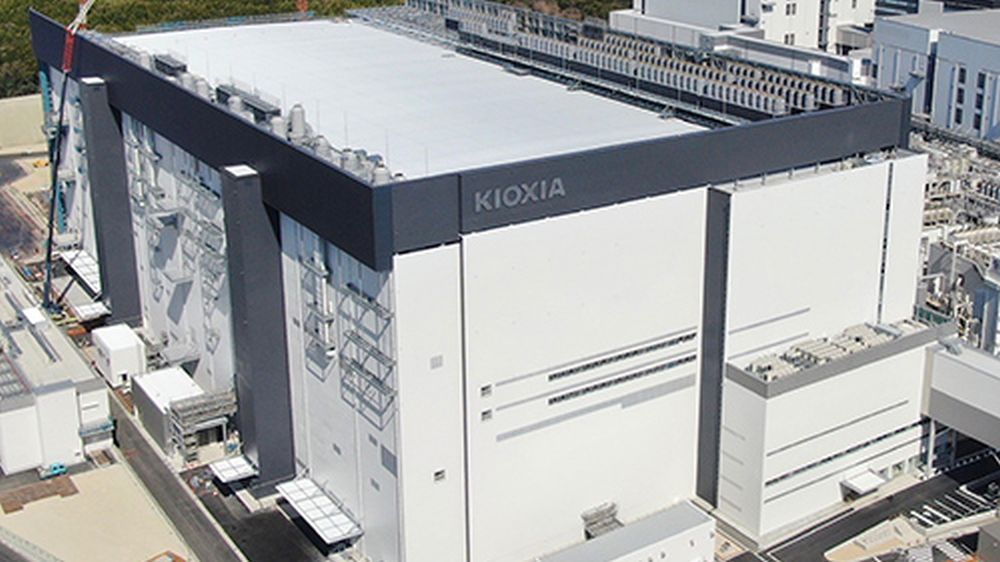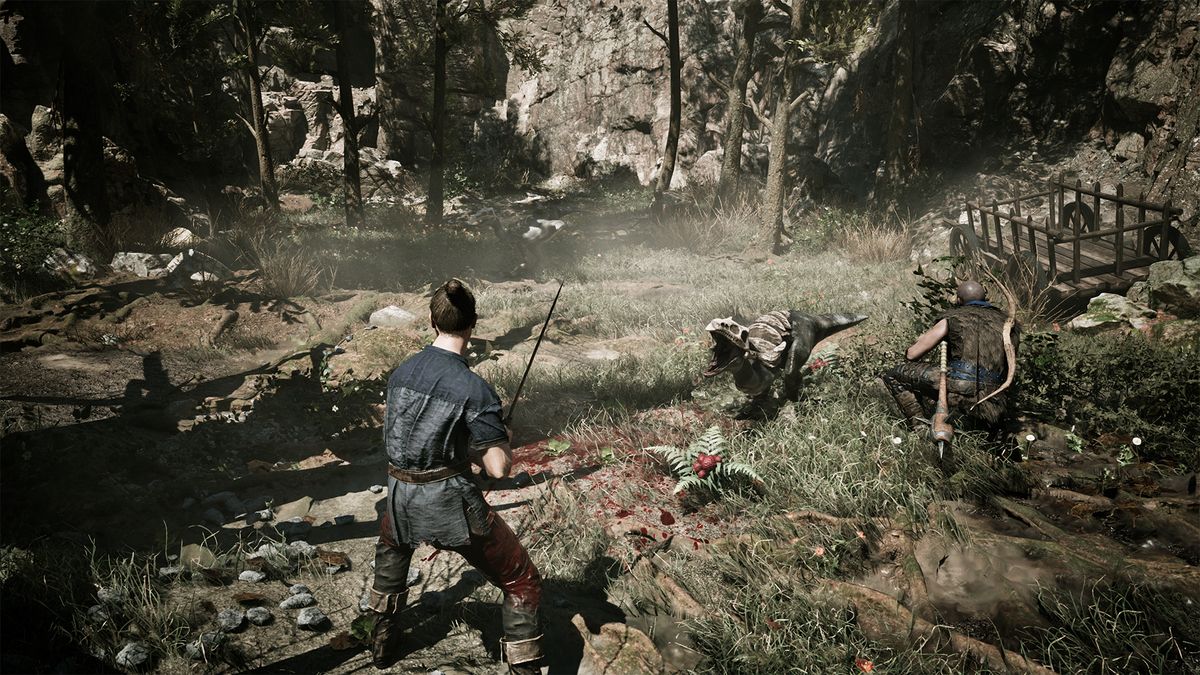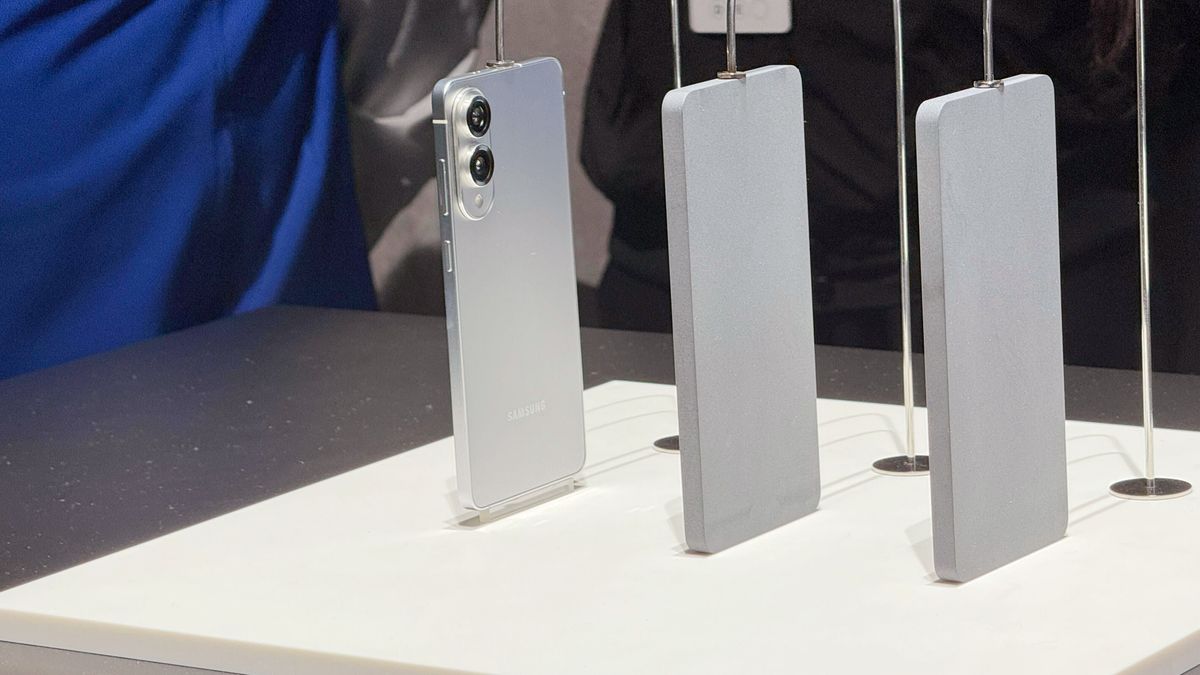At the recent International Memory Workshop (IMW 2024) in Seoul, South Korea, Kioxia discussed the technology and challenges of increasing the storage density of 3D NAND flash memory.
Kioxia predicts that by 2027, storage density will reach 100 Gbit/mm2 with 1,000-word line stacks.
Reporting on Kioxia's keynote speech, PC clock notes that a storage density of 100 Gbit/mm2 would mean that a 64 square millimeter silicon die could hold 6.4 Tbit (about 800 GB). A package with eight such arrays would offer 6,400 GB, and flash storage with four packages would provide 25.6 TB. If sold as a 20TB SSD in 2028, it could cost between $250 and $350, which would make it competitive with 20TB HDD prices.
Using molybdenum
Kioxia's forecast of reaching 1,000 layers by 2027 is ambitious but plausible, given historical trends. However, forming channel holes that penetrate the stacked word lines becomes increasingly difficult as the layers increase.
Advanced etching techniques such as low-temperature RIE (reactive ion etch) are needed to manage the high aspect ratio of these deep holes. Additionally, channel resistance and signal noise increase with depth, causing a potential shift from polycrystalline silicon to monocrystalline silicon using MILC (metal-induced lateral crystallization) technology. This switch could double the cell current, improving performance.
Increasing the number of word line stacks does not necessarily improve storage density due to the “ladder” area used for the vertical electrodes. Innovations such as combining vertical electrodes and changing from TLC (3 bits/cell) to QLC (4 bits/cell) can increase storage density. Density can also be increased considerably by promoting multilevel processing such as PLC (5 bits/cell), HLC (6 bits/cell), and HeLC (8 bits/cell).
Increasing word line stacks increases delay times due to resistance and capacitance. Reducing the stacking step and changing the metal material of the word line from tungsten to molybdenum can mitigate these problems.
While the storage density of 3D NAND flash memory has historically steadily improved, Kioxia and rivals like Samsung are well aware that future advancements will require new technologies and innovations to maintain this pace and achieve the dream goal of SSDs of petabytes.









